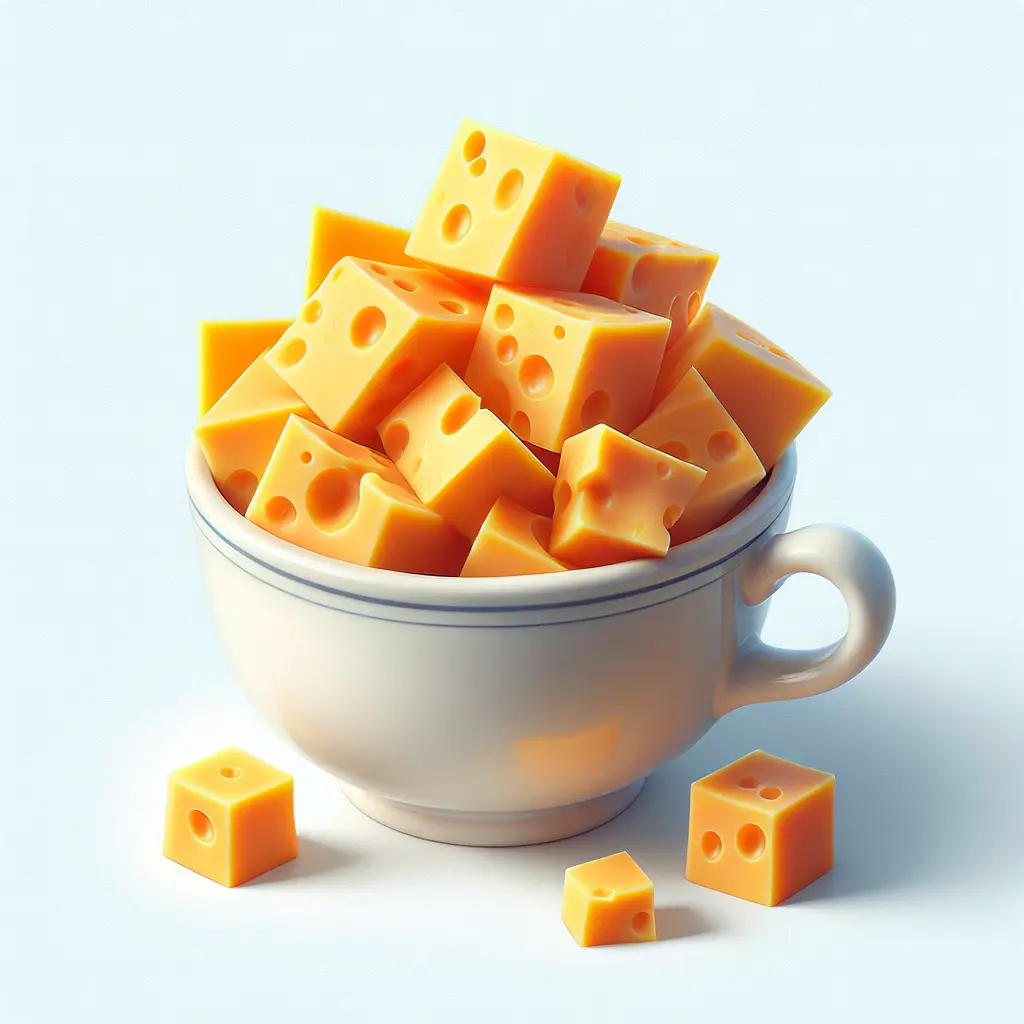Discovering the Origins of Colby Cheese
Colby cheese traces its roots back to the late 19th century, originating in Colby, Wisconsin. It is believed to have been created by Joseph F. Steinwand, a Swiss immigrant who experimented with various cheese-making techniques. Steinwand's creation gained popularity due to its unique flavor and texture, quickly becoming a beloved cheese in the United States and beyond.
Understanding the Production Process
The production of Colby cheese involves several intricate steps. Fresh cow's milk is heated and treated with bacterial cultures to initiate the fermentation process. Rennet, an enzyme, is then added to coagulate the milk, forming curds. These curds are cut, heated, and stirred to achieve the desired texture. The resulting curds are then pressed into molds and aged for varying periods, typically ranging from a few months to over a year.
Culinary Versatility of Colby Cheese
Colby cheese boasts remarkable versatility in the culinary world. Its mild and nutty flavor complements a wide range of dishes. Whether enjoyed on its own as a snack, melted over sandwiches and pizzas, or grated as a topping for salads and pasta dishes, Colby cheese adds a delectable touch to any meal. Additionally, it can be used as an ingredient in sauces, dips, and baked goods, imparting its rich and creamy flavor to various culinary creations.
Nutritional Value of Colby Cheese
Colby cheese offers a moderate amount of calories and fat, making it a sensible choice for those seeking a flavorful cheese without excessive richness. It is a good source of protein, providing essential amino acids for optimal bodily function. Additionally, Colby cheese contains calcium, an important mineral for maintaining strong bones and teeth. It also provides some vitamins, such as vitamin A and vitamin B12, contributing to overall well-being.
Tips for Enjoying Colby Cheese
To fully appreciate the flavors and textures of Colby cheese, consider the following tips:
- Serve at room temperature: Allow the cheese to come to room temperature before serving to enhance its flavor and aroma.
- Pair with accompaniments: Colby cheese pairs exceptionally well with fruits such as apples, pears, and grapes. It also complements nuts, such as walnuts and almonds, and crackers.
- Use in cooking: Colby cheese's versatility extends to cooking. It melts smoothly, making it an ideal choice for grilled cheese sandwiches, macaroni and cheese, and cheese sauces.
Tags:
- Cheese
- Colby Cheese
- Culinary Arts
- Nutrition
- Semi-Hard Cheese" "tags": [ "Cheese
How many calories are in Colby?
Each 1 cup, diced of Colby contains 520 calories.
Colby Nutritional Information
| Nutrient | Amount per 1 cup, diced (132g) |
|---|---|
| Calories | 520 Calories |
| Protein | 31g |
| Fat | 42g |
| Saturated Fat | 27g |
| Cholesterol | 0.125mg |
| Carbohydrates | 3.4g |
| Dietary Fiber | 0g |
| Sugar | 0.7g |
| Sodium | 0.797mg |
| Potassium | 0.1676mg |
| Calcium | 0.904mg |
| Iron | 0.001mg |
